Things to see and to try for first-timers in Xi'an

Transit passengers from 53 countries including the US and Canada can spend up to 144 hours in Xi'an without a visa. This visa-free policy allow foreigners from these 53 countries with visas and plane tickets to a third country to transit in Xi'an for a visa-free stay of up to 144 hours.
Entering Xi'an, you'll note that the city is surrounded by massive walls. They were built in the Tang dynasty and restored in the Ming dynasty. Don't hesitate to really enjoy Xi'an's scenery by mounting one of the walls at any gate. The views from the south gate are the best.
Day 1 Shaanxi History Museum
As one of the places of the birth and development of Chinese civilization, Shaanxi province was the capital of 13 most glorious dynasties including Zhou, Qin, Han, Tang and so on. Dynasty after dynasty left the province with rich cultural legacy, featured Shaanxi with unique historical cultural existence.
It is opened in 1991, is the largest comprehensive museum in the province, exhibiting over 3000 historical relics which range from 115,000-year-old prehistoric artifacts to items from the Opium Wars of 1840's.
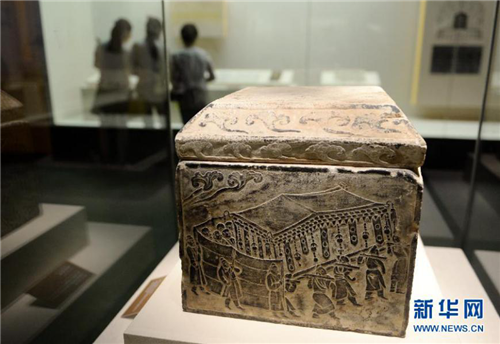
An exhibited item in Shaanxi history museum[Photo/Xinhua]
After visiting the museum, you can take a bus to the Big wild goose pagoda which is just two stops further on. The pagoda was regarded by many as a symbol of the city. Built in 652, it was used to house and protect Buddhist scriptures collected by Xuan Zang, who spent 17 years gathering them in India and an equal length of time translating them. The pagoda has 7 layers, each with a different number of rooms.
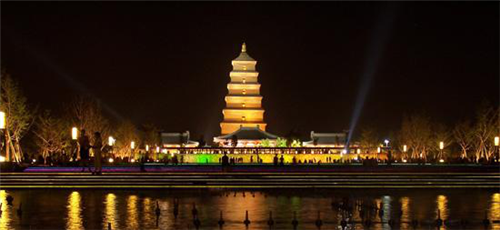
Big wild goose pagoda[Photo/Xinhua]
As you step out from the pagoda, a particular scene may bring you back to modern times. The Big Wild Goose Pagoda North Plaza has Asia's largest fountain, with the world's longest optical band, first direct diversion and most numerous sound combinations. The large fountain, dancing with lights and music at night, is unforgettable.
Day 2 Muslim Quarter
The main food street area, known as Huimin Street or the Muslim Quarter, has become a famous attraction of Xi'an for its Muslim cultural atmosphere.
Huimin Street is a paved road with flagstones shaded by trees, along which the archaized stores of the Ming (1368-1644) and the Qing (1644-1911) dynasties are set in a row. They are operated by people of Hui ethnicity who are eager to treat you to all kinds of delicious Hui food.
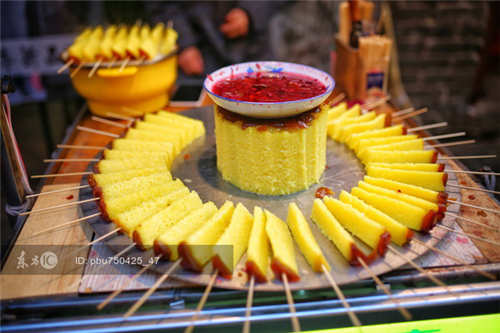
Hui food at Huimin Street [Photo/IC]
After a short walk from the drum tower and bell tower, you arrive at the Great Mosque, one of the oldest, largest and best-preserved Islamic mosques in China. It is really well worth a trip to see the Great Mosque because of its centuries' old history and its particular blend of traditional Muslim and Chinese style architecture.
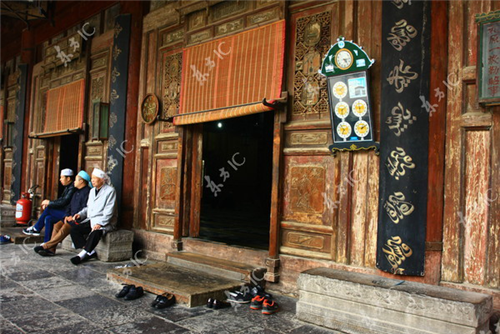
Xian Great Mosque [Photo/IC]
Day 3 Emperor Qin Shi Huang and His Terracotta Army
Thirty km east of Xi'an, the Terracotta Warriors is a collection of sculptures depicting the armies of Qin Shi Huang, the first Emperor of China. It is a form of funerary art buried with the emperor in 210–209 BCE to protect the emperor in his afterlife.
The figures, dating from approximately the late third century BCE, were discovered in 1974 by local farmers in Lintong District, Xi'an. The figures vary in height according to their roles, with the tallest being the generals. The figures include warriors, chariots and horses. Estimates from 2007 were that the three pits containing the Terracotta Army held more than 8,000 soldiers, 130 chariots with 520 horses and 150 cavalry horses, the majority of which at that time remained buried in the pits nearby Qin Shi Huang's mausoleum. Other terracotta non-military figures were found in other pits, including officials, acrobats, strongmen, and musicians.
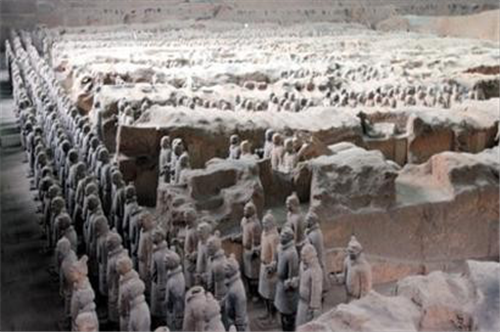
Terracotta Warriors [Photo/IC]
Huaqing Hot Spring
In addition to the Terracotta Army, the Huaqing Palace Scenic Area also features the Imperial Pools of the Tang Dynasty (618 - 907), Pear Garden, Frost Flying Hall, Nine-Dragon Lake, Five-Room Building and Mount Li. Huaqing Palace is famous for the romantic love story of Tang Emperor Xuanzong and his concubine Yang Yuhuan.
It's said that King You first built a palace during the Western Zhou Dynasty (1046BCE - 771BCE) at the foot of Mount Li. Additions to the palace were made in later dynasties. During his reign, the Emperor Xuanzong spent dizzying amounts of his funds to expand it to a luxurious palace named Huaqing Hot Springs or Huaqing Palace.
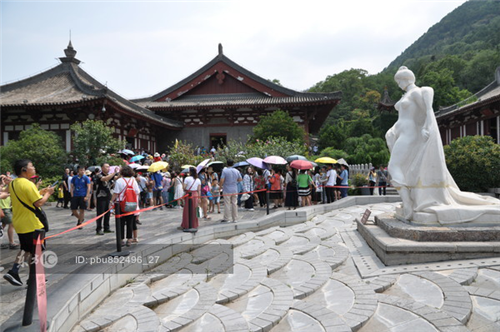
Huaqing Palace Scenic Area [Photo/IC]
Food tips:
Popular special foods to try: Cold Noodles Pork Sandwiched Between Pita Bread, Dumplings in Sour Soup, Pita Bread Soaked in Lamb Soup, Lao Tong Cured Mutton, Kabobs, Soup Dumplings, Biang Biang Mian, and Zong Zi with Honey.
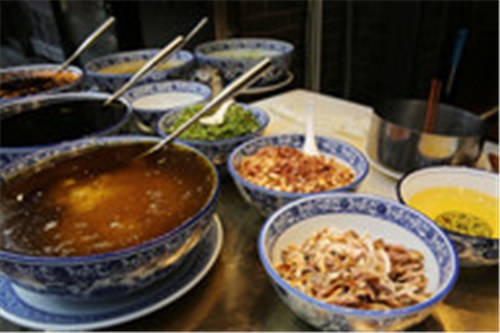
Cold Noodles [Photo/IC]
Bars to try: Park Qin is the only Terracotta Warriors-themed bar in China. Near Wall Bar and Xi'an Brewery is the brewpub in the city. Salsa is a good choice for dancing to experience the city's party life. De Fu Lou Café & Bar was one of the first bars in Xi'an.
Last Updated: Sep 10, 2018




